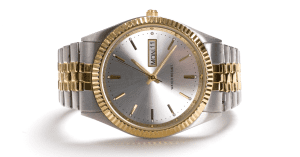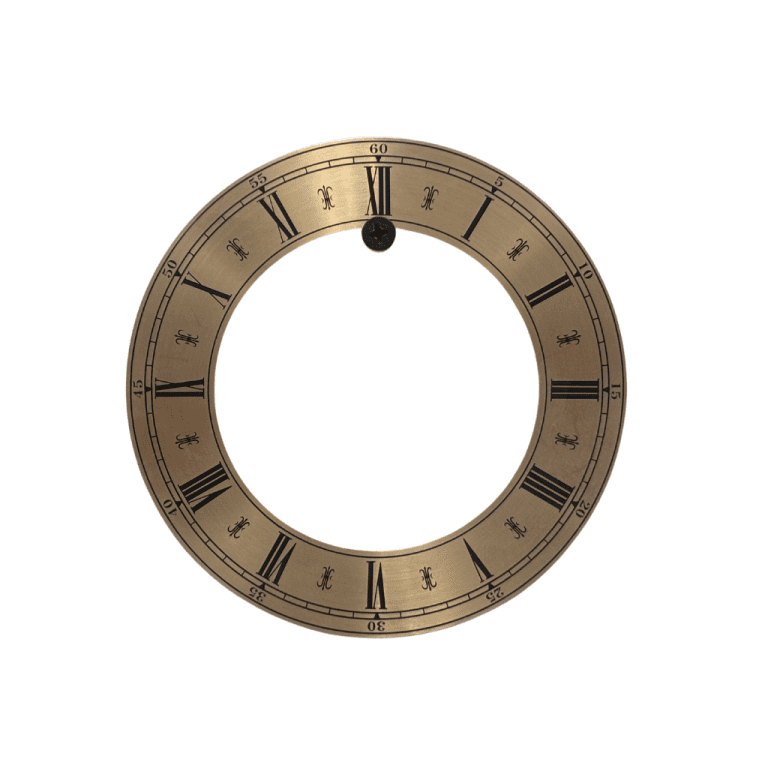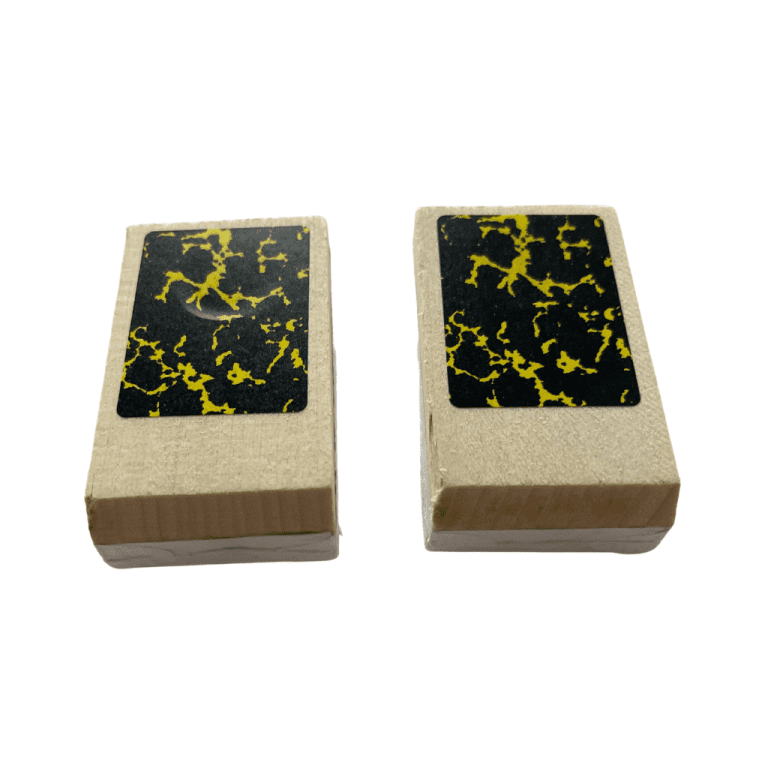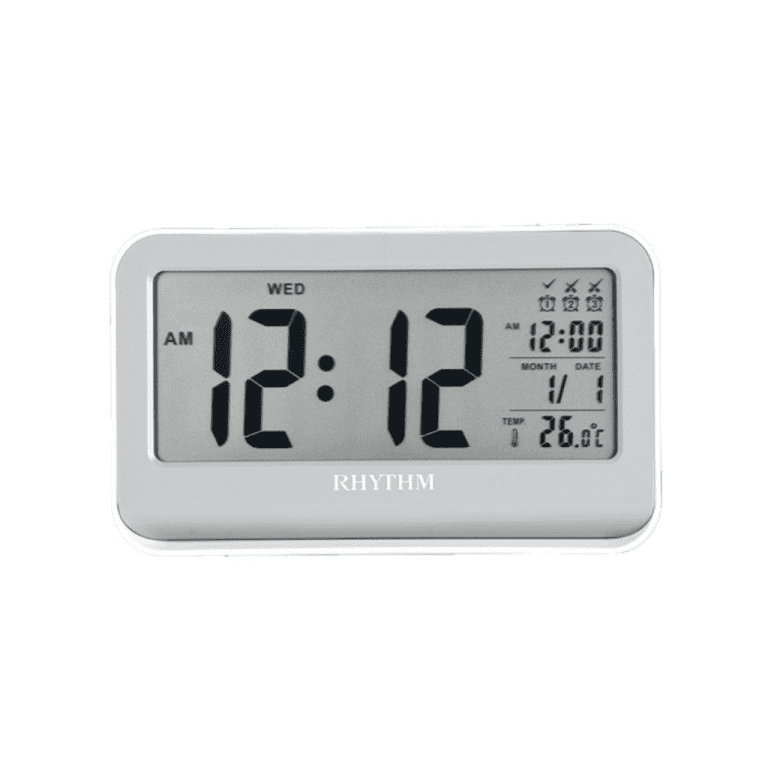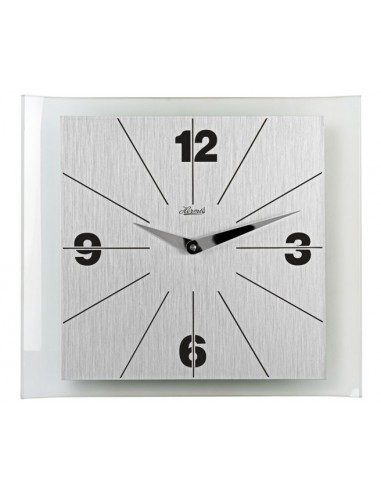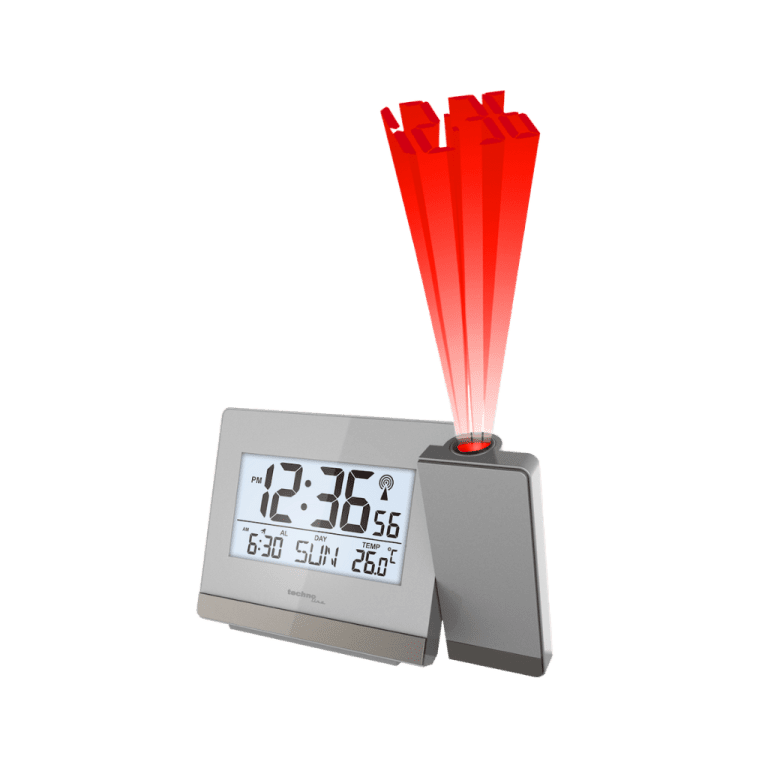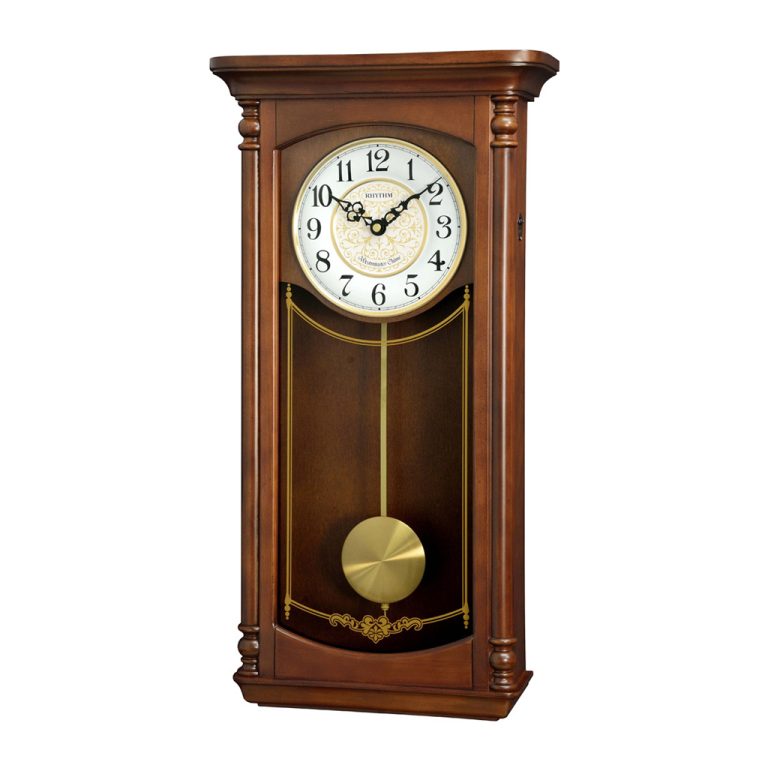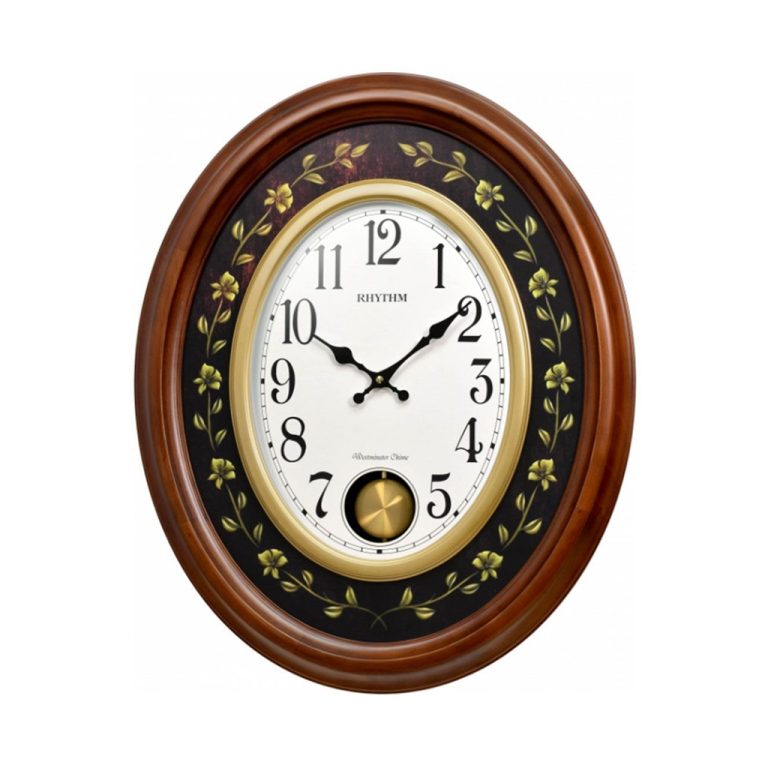The battle for real estate on small wrists is no longer limited to the age-old tussle between analogue and digital timepieces. Smartwatches are rapidly closing the gap in this race. Industry visionaries are now looking to Generation Alpha (those born in 2010 and after), hoping they will outgrow the allure of wearables and develop an appetite for sophisticated horology. Can traditional watchmakers still win mindshare during their formative years?
Take Amandine, for example. Like most six-year-olds in developed countries, she learned to read the time on an analogue clock at school. Around the same time, her father gave her a white Flik Flak with pink skulls. She loved it for its colours and patterns. However, she was also enamoured with a VTech smartwatch she received as a gift from a school friend. “It was so cool to have a watch with a screen, camera, games, etc.,” she recalls.
Unlike her peers, Amandine was soon introduced to fine watches and fell for the charm of luxury brand Bulgari, particularly their iconic Serpenti Tubogas design, which has been coiling around wrists like a snake since the 1960s. Amandine is an anomaly. She owes her early affinity for sophisticated timepieces to her father, a veteran of the industry’s media for over two decades.
Parental perceptions
Beyond Amandine’s evolving tastes lies a common thread in how children initially perceive and engage with watches. Much like Amandine, they view watches as fancy accessories and fun toys with games that embrace their favourite colours or characters. Adults, of course, have different ideas. In a global survey, we approached dozens of parents from Tokyo to Los Angeles whose children had already been given their first watch. The resounding majority said the primary purpose was for “reading the time”.
Traditional analogue watches have an inherent advantage when it comes to learning to tell the time. Professor Christoph Hoerl from the University of Warwick, whose research on temporal cognition spans over two decades, including co-authored papers concerning children, highlights a universal use of spatial metaphors to express how we experience time despite cultural differences. “The sweep of an analogue clock uses space to represent time, so it is arguably more in tune with humans’ intuitive thinking about time than a representation that just uses numbers,” he explains.
Watchmakers hold their ground
For decades, traditional watchmakers have honed their narrative with products created to inspire young minds. Whether it be Flik Flak from Switzerland’s Swatch Group, Calypso from Spain’s Festina Group, Timex representing the United States, or Japan’s Citizen brand with its Q&Q range, established industry names across the globe have recognised the imperative of catering to the junior market. In more recent years, start-ups such as Blok or UCS’s Superkids line from Switzerland and Parchie from the US have also entered this space.
Notably, learning analogue skills has remained a vital part of children’s cognitive development. And despite modern society’s obsession with digital, the vast majority of our parent group still deem it essential for their children to acquire the ability to interpret analogue time.
When it comes to this educational approach, one brand stands as a paragon: Flik Flak. The Swatch Group subsidiary has cultivated an enviable brand equity over the years, building an entire universe around its watches – replete with stories, books, and apps. Over half of the parents in our sample group, whose children own analogue timepieces, identified Swatch or Flik Flak as their offspring’s first watch.
Launched in 1987 by the Swatch Group-owned ETA manufacturer, it was the first watch brand to offer designs exclusively tailored to teach children how to tell the time with a sense of playfulness. Targeting ages 3 to 10, the brand occupies a premium position in the market, with prices ranging from 40 to 65 Swiss francs – a testament to its build quality and tried-and-true child development concept.
The need to nurture time-reading skills has not gone unnoticed by top executives in the watch industry. Mrs Manon Colombies, General Director of The Festina Group, which owns Calypso, experienced a personal struggle when her son could not tell time at the age of 8. “This made me realise the importance of helping children around the world to learn how to read the time,” she reflects.
Since the debut of its children’s line in 1996, Calypso has positioned its products as “real watches” rather than toys. Today, Calypso boasts annual sales of 650,000 units, including five Junior collections that cater to age groups between 3 and 12. With prices ranging from 29 to 59 euros, these watches serve as both attractive accessories and educational tools for young minds.
The elusive concept of time
In the junior market, where colour, character, and cognitive play are the golden rules, the landscape is no longer as predictable as it once was. The advent of connected technologies over the past decade has disrupted the dynamics. In our survey, half of the Generation Alpha children aged 12 or below, displayed a lack of interest in wearing a watch. This indifference is particularly pronounced among tweens, those in the upper end of this generation’s age bracket. At such a young age, the abstract concept of time can be difficult to grasp. As Professor Hoerl points out, “Even at the age of 12, children’s idea of time is still not fully formed,” casting doubt on the effectiveness of traditional approaches to piquing children’s interest in watches.
Credited to: https://www.europastar.com/


